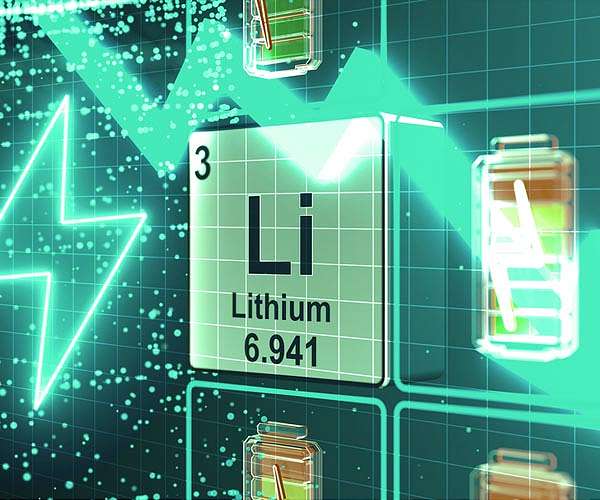The ‘Capture the oxygen’ strategy extends the life of lithium-ion batteries
A team of researchers from POSTECH, led by Professor Jihyun Hong from the Department of Battery Engineering and Dr. Gukhyun Lim, has unveiled a key method to extend the durability of lithium-rich layered oxide (LLO) material, a promising cathode for next-generation lithium-ion batteries (LIBs). Their findings, published in Energy and Environmental Science, represent a major step forward in the development of sustainable battery technologies with high energy density.
LLO materials provide a 20% increase in energy density over traditional nickel-based cathodes by replacing nickel and cobalt with lithium and manganese. This makes them a cost-effective and environmentally friendly alternative to electric vehicles and energy storage systems (ESS). However, widespread adoption is hampered by capacity fade and voltage decay during repeated charge-discharge cycles.
To address these challenges, POSTECH researchers focused on the destabilizing effect of oxygen release during battery use. By improving the chemical stability of the cathode-electrolyte interface, they minimized oxygen release, a primary cause of structural instability. By improving the composition of the electrolytes, they achieved an energy retention of 84.3% after 700 cycles, compared to only 37.1% retention after 300 cycles with conventional electrolytes.
The team also identified surface structural changes in LLO as crucial for its stability and longevity. By targeting these changes, they reduced harmful reactions such as electrolyte breakdown, further improving battery performance.
“Using synchrotron radiation, we analyzed chemical and structural differences between the cathode surface and its interior,” says Professor Jihyun Hong. “We discovered that surface stability is essential for maintaining the structural integrity and performance of the material. This work opens new avenues for the development of advanced cathode materials.”
The research highlights the critical importance of optimizing both electrolyte composition and cathode surface structure to overcome the limitations of LLO materials and pave the way for more durable, high-performance lithium-ion batteries.
Research report:Decoupling capacitance fade and voltage decay of Li-rich Mn-rich cathodes by tailoring surface reconstruction pathways


